
Breaker Types

There are a large number of different types of circuit breakers on the market, this article will just briefly cover a few of the most common ones that are used in a home.
When selecting a circuit breaker of course you first need one that fits the electrical panel where it is to be installed then select the one that fits the purpose and rating requirements in which it will be used. All breakers serve as a disconnect switch as well as an over current protection cut-off. Some types of breakers go a step further in the area of keeping everyone safe.
Be sure to also read the articles ‘Main Electrical Panel’ and ‘Sub-Panels‘ as well as other articles on this website.

Main Service Panel Breaker
200 Amp Dual Pole Breakers in a residential setting serves as the main service breaker cut-off and over current protection for the whole home, this protects the utility wires and panel. This breaker will be sized according to the service the utility is providing and what electrical panel is rated for. It provides both 220 volts and 120 volts (with the neutral return). So if you have 200 amp utility service then it will be a 200 amp dual pole breaker, if you have 100 amp utility service then it will be a 100 amp dual pole breaker.
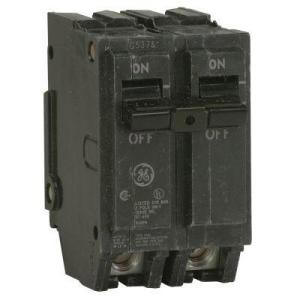
Dual Pole Circuit Breaker
A dual pole circuit breaker is one that that makes contact with both hot buses on the main electrical panel. The voltage if measured between these two hot buses is 240 volts. A dual breaker that is not dual pole only has contact with one hot bus can only provide for a 120 volt circuit feed.
These dual pole breakers are usually meant for circuits requiring 240 volts, such as clothes dryers, electric cooking ranges, and baseboard heaters.
Also read the article called:
Which has additional Information
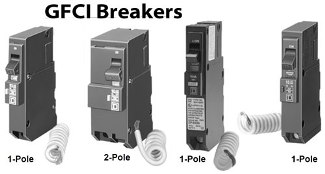
CFCI are most often on circuits that serve areas where water is close by such as bathrooms and kitchen sink areas. Please read the article called ‘GFI Outlet’ for additional information.
Ground Fault Circuit Interrupter
As you can see in the picture they can come in different configurations.
They are designed to detect current leakages even in minute amounts, and will cut power to the circuit when any leakage is detected. They come with a test button on it which should be tested at least once a month to ensure they are functioning properly. You can also get these in the form of an outlet
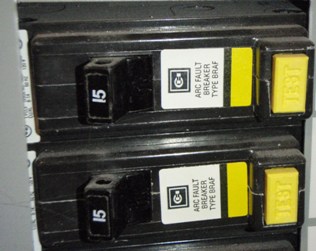
Arc Fault Circuit Breaker
These are now being required in most jurisdictions for bedrooms.
They are designed to detect arcing / shorting between conductors, and will trigger / shut down the circuit faster than just with the standard over current circuit breaker.
Please read the article called ‘Arc Circuit Protection’ for additional information.
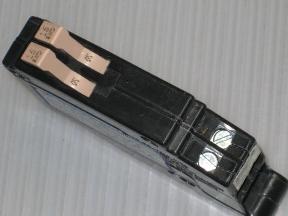
Twin Breaker
Twins, are really 2 individual circuit breakers that are compact and take only a single slot in the electrical service panel. They are not bridged but operate independently of each other.
They are a consideration when more circuit breakers are needed than the electrical panel has slots for as a full slot breaker could be removed and replaced with a twin allowing for more circuits in an existing panel.
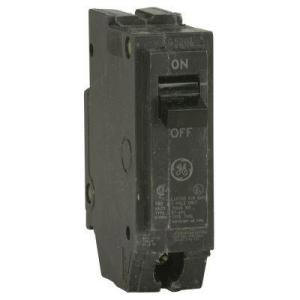
Single Regular Circuit Breaker
The most common amp sizes are 15 and 20 amps for general purpose circuits.
The regular single circuit breaker occupies a single slot in the service panel.
Nothing over special in nature but they act both as a circuit shut down switch and an over current protection device.
This highlights the most commonly used circuit breaker types used in residential homes but are other configurations available.
WHILE EXTREME CARE HAS BEEN IMPLEMENTED IN THE PREPARATION OF THIS SELF-HELP DOCUMENT, THE AUTHOR AND/OR PROVIDERS OF THIS DOCUMENT ASSUMES NO RESPONSIBILITY FOR ERRORS OR OMISSIONS, NOR IS ANY LIABILITY ASSUMED FROM THE USE OF THE INFORMATION, CONTAINED IN THIS DOCUMENT, BY THE AUTHOR and / OR PROVIDER.
By: Donald Kerr